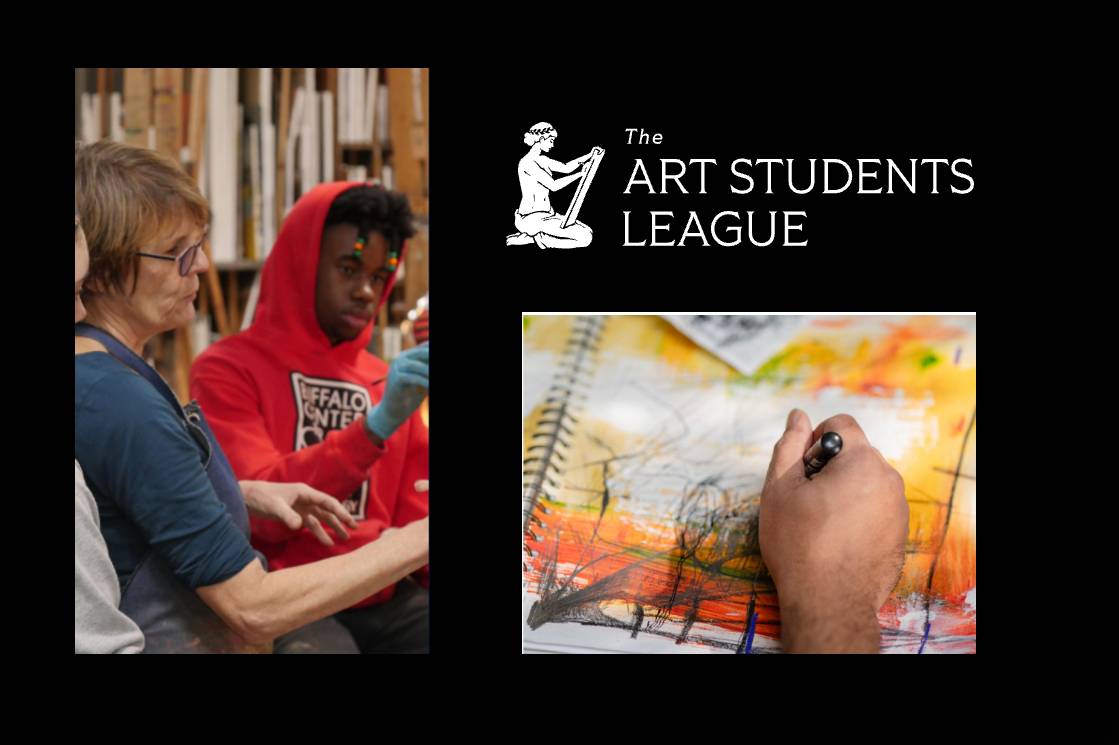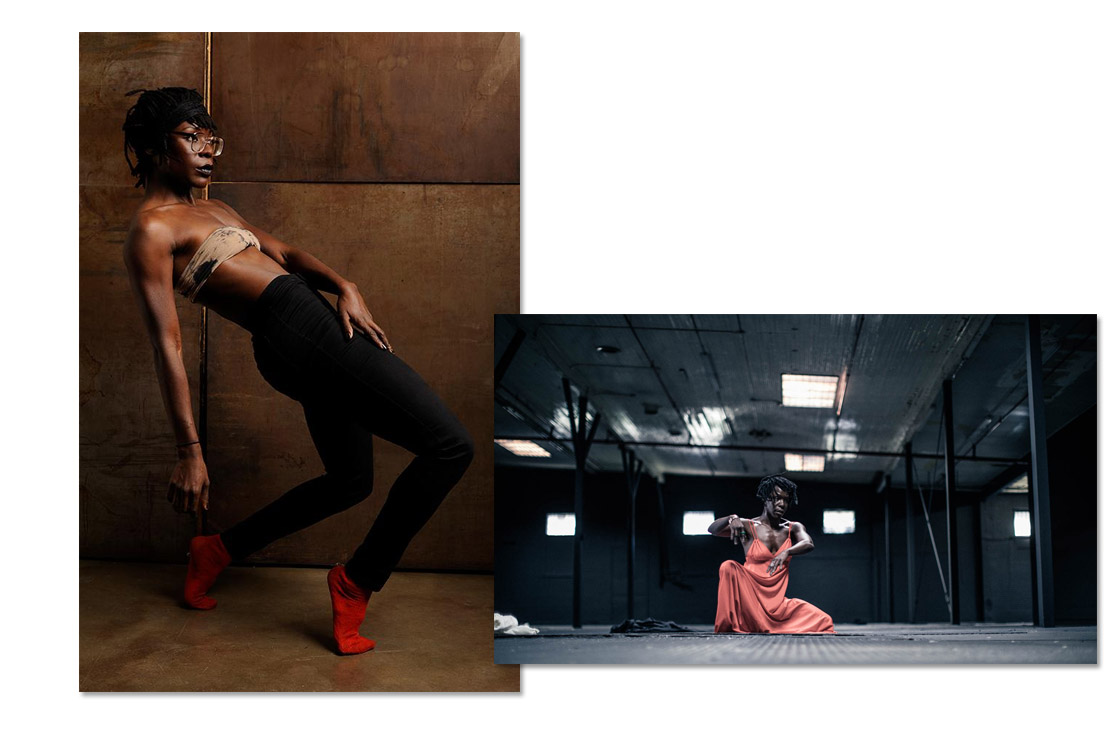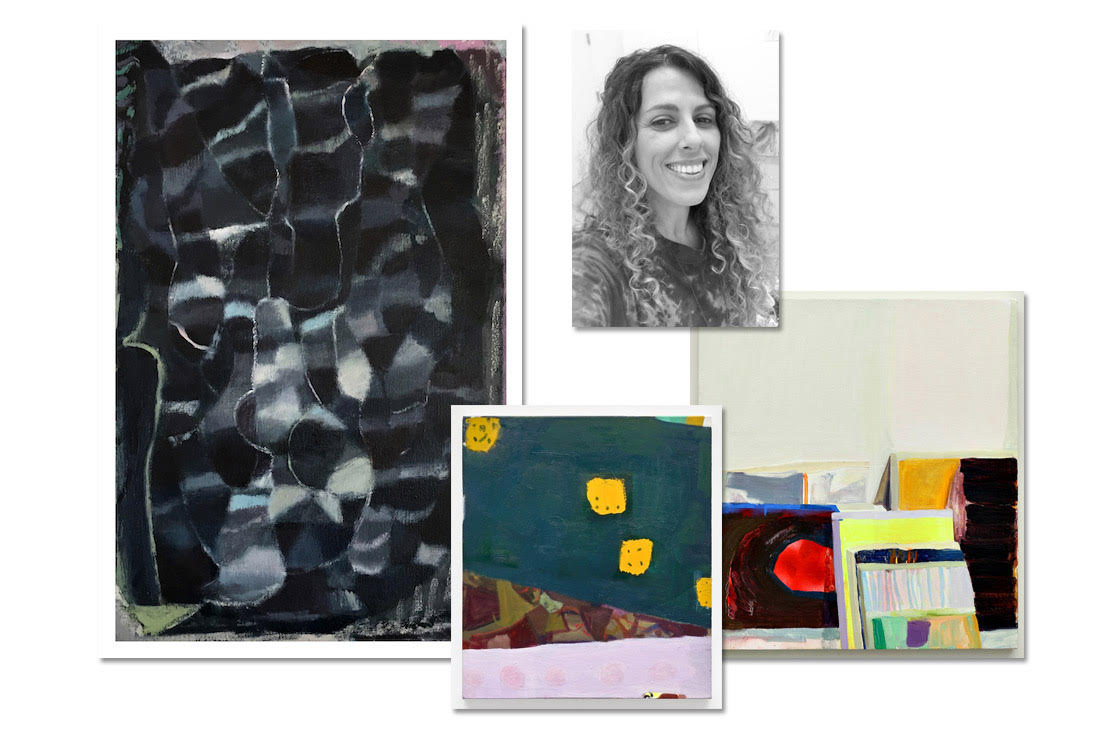Established in 2016, The Davyd Whaley Foundation is dedicated to supporting artists in their endeavors. In the spirit of its namesake Davyd Whaley (1967-2014), the Foundation offers grants and scholarships to assist the recipients in the pursuit of their work.
Mission
Davyd Whaley devoted the happiest and most productive years of his life to his work as a painter. Unfortunately, his life ended just as he was beginning to achieve the recognition and success for which he worked so hard. The quality of the paintings he left behind is testimony to his creative accomplishment.. Davyd was fascinated by every aspect of art, but he was also a philanthropist. He taught art to the underprivileged, counseled grieving families in hospitals, and taught terminally-ill and war-scarred children to paint. He was honored as Volunteer of the Year by Los Angeles County Board of Supervisors in 2012. Davyd's goals were always evident: Make art. Buy the art of others. Help people whenever possible. Grow in consciousness. The mission of the Foundation was designed around these tenets.
Davyd’s Personal Site
Grants Recipients
-

Art Division
Grant Recipient -

Brentwood Art Center
Grant Recipient -

Art Students League in NY
Awardee confirmation pending -

The Art of Elysium
Exhibit Support -

Judy Giera
RECIPIENT OF the Davyd Whaley Memorial Scholarship at the Art Students League -

COLLIN AND BECKY STAFFORD
RECIPIENT OF THE FOUNDATION’S DESERT HOUSE RESIDENCY. -

MECCA VAZIE ANDREWS
RECIPIENT OF THE FOUNDATION’S DESERT HOUSE RESIDENCY. -

KYLA HANSEN
RECIPIENT OF THE FOUNDATION’S 2020 EMERGING ARTIST GRANT. -

REMA GHULOUM
RECIPIENT OF THE 2020 ARTIST-TEACHER GRANT -

LORENZO HURTADO SEGOVIA
RECIPIENT OF THE FOUNDATION’S RESIDENCY FOR AN EMERGING ARTIST. -

RYAN JEFFERY
RECIPIENT OF THE FOUNDATION’S RESIDENCY FOR AN ARTIST-TEACHER. -

ANDREA BERSAGLIERI
RECIPIENT OF THE FOUNDATION’S 2019 ARTIST-TEACHER GRANT. -

SUSANNA BATTIN
RECIPIENT OF THE 2019 EMERGING ARTIST GRANT -

LAURA KRIFKA
RECIPIENT OF OUR 2017 ARTIST-TEACHER GRANT -

MARGARET GRIFFITH
RECIPIENT OF OUR 2017 MID-CAREER ARTIST GRANT -

PHUNG HUYNH
RECIPIENT OF OUR 2018 MID-CAREER ARTIST GRANT
















































